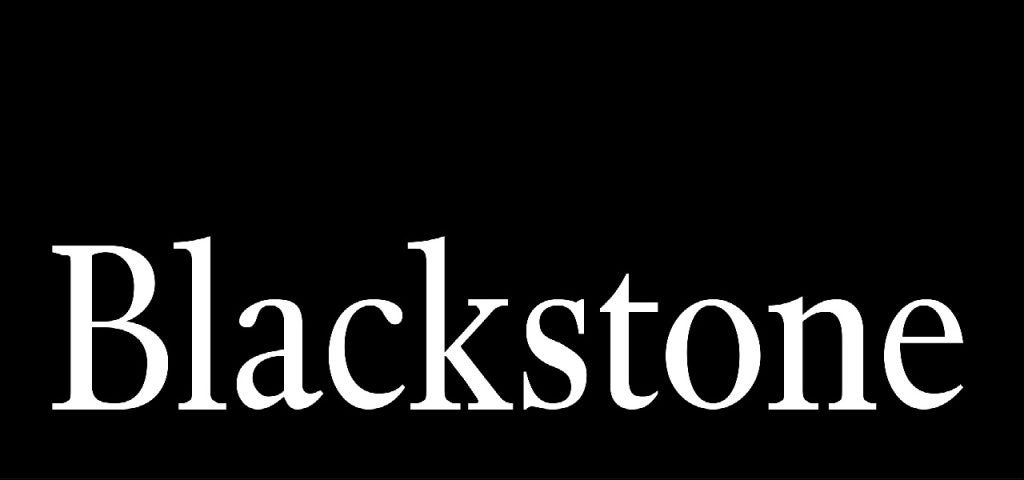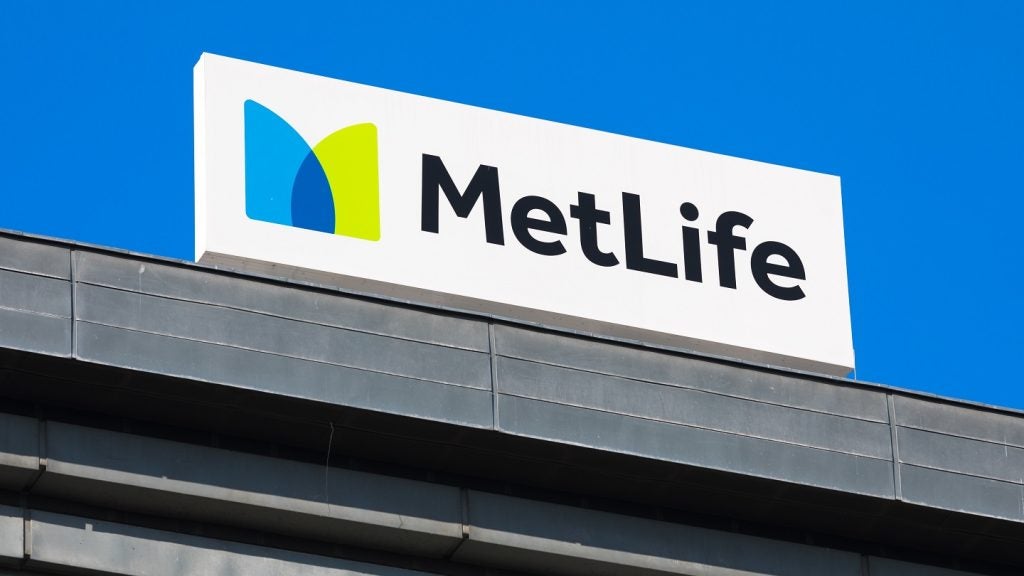Departure of two of the US’s
largest banks from the reverse mortgage market has created an
opportunity for the US’ largest life insurer, MetLife, to fill the
void. Charles Davis delves into the challenges and opportunities
that exist in a market fuelled by the growing number of Baby
Boomers entering retirement.
The departure of two of the largest
players in the reverse mortgage business, Bank of America and Wells
Fargo, citing the chaotic nature of the US housing market, has not
deterred others from filling the void.
The two banks left the reverse
mortgage business, also known as the home equity conversion
mortgage industry, in recent months, leaving US insurer MetLife’s
unit MetLife Home Loans as the largest originator of reverse
mortgages in the country. MetLife, dipped a toe in the reverse
mortgage market in 2007. In 2008, it dove straight in, acquiring
EverBank Reverse Mortgage as well as the forward mortgage
originations business of First Horizon Home Loans, and vastly
expanding its presence.
Over the past three years, MetLife
Home Loans has grown rapidly, recently expanding into warehouse and
correspondent lending. MetLife sees real opportunity in the reverse
mortgage market, which it views as an additional offering in its
retirement planning portfolio.
Still, the Bank of America and
Wells departures underscore the volatility of reverse mortgages,
and called attention to some of the lingering problems facing the
industry, most notably the destabilisation of housing prices in the
wake of the subprime mortgage implosion. Wells cited the
“unpredictability of housing values” in its exit statement, but
that’s not all that ails the industry.
How well do you really know your competitors?
Access the most comprehensive Company Profiles on the market, powered by GlobalData. Save hours of research. Gain competitive edge.

Thank you!
Your download email will arrive shortly
Not ready to buy yet? Download a free sample
We are confident about the unique quality of our Company Profiles. However, we want you to make the most beneficial decision for your business, so we offer a free sample that you can download by submitting the below form
By GlobalData
Reverse mortgages, available only
to homeowners over age 62, allow borrowers to tap their home equity
while staying in their homes. Before the economic downturn, they
were growing quite rapidly as a number of providers marketed them
as a way seniors could effectively use their home’s equity to help
fund their retirement.
Created by the US Department of
Housing and Urban Development (HUD) in 1987, they allow people over
age 62 with lots of equity in their homes to get money in exchange
for their home. Consumers can choose to get their money immediately
in a lump sum, as a line of credit, or stretched out in fixed
monthly payments. Either way, the lender gets ownership of the
house when the borrower dies or moves.
Unlike a traditional second
mortgage or home equity loan or line of credit, there is no
repayment cycle. While the various financial obligations any
homeowner and borrower must pay – such as insurance and taxes –
continue to be due as usual, no principal or interest must be paid
while the homeowner lives in the house securing the loan.
Evaluation of the equity in the home serves as the primary lending
criteria, rather than, say, borrower assets and income.
Volume slump
That was fine when housing prices
were as stable as a rock. Then along came the Great Recession, and
out went Bank of America, Wells Fargo and Financial Freedom – as
much as 35% of the market. Volume plummeted and is yet to return in
any meaningful way.
Then, to make matters worse, HUD
began a series of confusing regulatory changes. First, HUD changed
its “95%” rule. Under that rule, borrowers or their heirs would
only have to pay 95% of the value of the property’s most recent
assessment, even if that value was less than the loan amount.
Borrowers were protected from loss in that circumstance by
government insurance that borrowers paid for as part of the
mortgage.
In 2008, HUD changed the rules,
requiring now that an heir, including a surviving spouse not named
on the mortgage, must pay the full mortgage balance. HUD relented
in 2011 after a coalition of borrowers filed suit, but those
lawsuits and a host of others around foreclosure issues related to
reverse mortgages have raised concerns and, the industry argues,
misconceptions about the loans among consumers. That is frustrating
for lenders, given the fact that, as a loan insured by the Federal
Housing Administration, a HECM loan is among the strongest loan
products in the US market.
HUD also lowered the percentage of
home equity that a borrower can borrow against by roughly 10%.
Another significant factor is the
risk that seniors take out a reverse mortgage, then fail to make
the requisite tax and insurance payments which still must be made
on the home, fall into default status on the reverse mortgage and
then face foreclosure. This is not as farfetched as it sounds. The
US Department of Housing and Urban Development, which guarantees
the product, has spoken and written about the subject for more than
a year now.
Indeed, in a recent model letter,
HUD said it prefers that servicers attempt a loan workout for those
who fall behind on their tax and insurance payments.
The industry is working on a
solution to one of the biggest headaches in the market: the lack of
any underwriting standards. HUD bars lenders from considering
anything more than the age of the borrower and the value of the
home when deciding whether to give a reverse mortgage. This has
become a huge issue now that the underlying finances of the
homeowner have become much riskier in the teeth of the recession.
Lenders expect HUD to relent on this in the near future and allow
at least some cursory underwriting, such as pulling a credit score,
before reverse mortgages become more of a liability.
Another aspect of the traditional
HUD programme that can’t be ignored was its expense. The federal
HECM programme included two major fees at origination – a 2%
Federal Housing Authority fee and a 2% fee for the originator. A
four-point fee could be hard to swallow – and for some, difficult
to afford.
The biggest factor these days,
however, is unstable house values, particularly in the hardest-hit
areas of the US, where in some cities home values have dropped by
as much as 40%. Unfortunately, many of those areas, in Arizona,
Florida, and Nevada, encompass some of the largest retiree
populations in the country, meaning that in many huge swaths of the
prime market for reverse mortgages, there are no good candidates
despite the financial health of the household, because home value
swing on macroeconomic variables.
That is not keeping other new
entrants from entering the market. Houston-based Reverse Mortgage
Solutions recently announced plans to launch a third-party
wholesale production channel for HECMs. But for the market to truly
revive itself, it must push through some needed reforms and
convince HUD to address the structural limitations on the
market.
Two key
concerns
Jeff Taylor, now a member of
Wendover Consulting, is a retired Wells Fargo executive who
spearheaded the bank’s reverse mortgage push. Taylor told
LII that from the industry’s perspective, there are two
key concerns. One is unstable home values. The other is the
inability to do a financial assessment for seniors who want the
product to determine if lenders need to require set-asides to
create a reserve to make the borrowers’ tax and insurance (T&I)
payments on their properties.
The industry has been working on
developing such a financial tool, he said.
“I see a brighter future for
reverse mortgages,” Taylor said. “HUD has made some significant
progress in developing the product over 20-plus years, but the
world was really different then. We hadn’t gone through the worst
price compression in housing in our nation’s history, and many
people who thought about a reverse mortgage have seen value drop
40% or more.”
Taylor said that the recently
launched HECM Saver product is a step in the right direction,
because it addresses the 4% fee issue by allowing homeowners to get
a lower percentage of the payout in exchange for lower fees.
“The HECM Saver product is a great
new product, and HUD also has said that lenders can underwrite to
assess the T&I issue,” he said. “In the past, no one ever
thought that an elderly homeowner who has paid for a house would
let the T&I lapse, but it’s happened. So now lenders have been
green-lighted to underwrite.”
Taylor said that in the next few
months, the industry’s trade association, the National Reverse
Mortgage Lenders Association, will work with HUD to create
underwriting standards. Being able to withhold a portion of the
eligible funds and put those into what he termed “a mandatory
set-aside” is what the industry needs to really grow, he added.
Lenders have suggested doing this,
but in some situations the borrower needed every available dollar
to pay off their first mortgage to prevent default.
For many seniors, a traditional
home equity loan, with its monthly payment, is not an option. Even
with this type of loan, they would still be responsible for T&I
payments, he said.
“When the leading lenders and the
leading supporter of this programme recognise that there is a
problem, I’m confident that a solution will be crafted.”
Taylor said that never have so many
homeowners so desperately needed a product like the reverse
mortgage.
“The bottom line is that every day in America, 10,000 people are
turning 65, and there simply has to be a practical way for them to
access the equity they have built up over the years,” Taylor
stressed. “The clouds will lift, because there is no other product
that will take care of all of these people.”
See also: MetLife on track
to exit Taiwan







